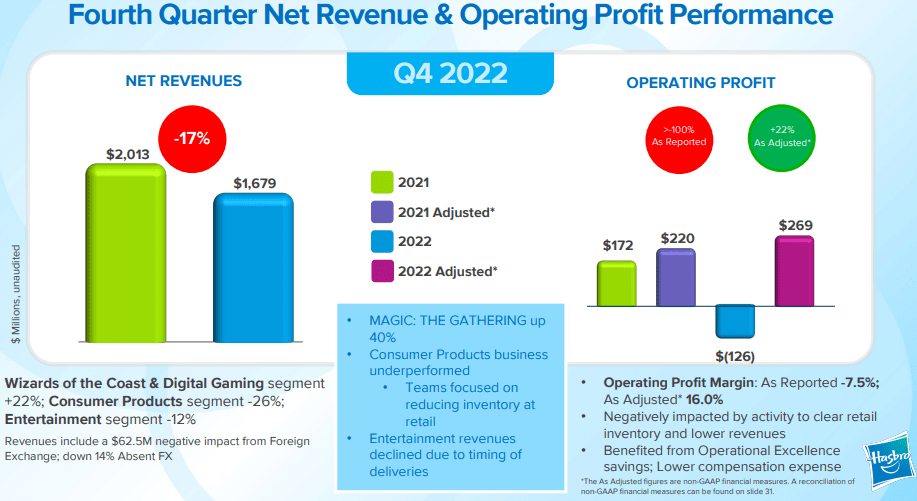Hasbro Inc. reported that in recent years it has worked to reduce its dependence on manufacturing in China, for example by shifting production of certain products to facilities in other countries such as Vietnam, India and Mexico.
At the same time, the company has increased production of its products in other markets, including the United States.
In addition, many of these new production facilities, such as those in Vietnam and India, pose other risks, as Hasbro is working with suppliers that have not been manufacturing Hasbro-type products for as long as the historical suppliers in China.

This means that these Hasbro suppliers must successfully develop the capacity to manufacture their products to the quality and safety standards it demands and within the tight deadlines required by its customers.
Newer, less experienced suppliers are more susceptible to quality, logistical and other problems, due in part to their less mature infrastructure or unfamiliarity with the company’s product standards.
Hasbro
During 2022, the majority of the company’s products were manufactured in third-party facilities in the Far East, primarily in China, Vietnam and India, using a wholly owned subsidiary operation based in Hong Kong for quality control and order coordination purposes.
Within the United States and Ireland, the company utilizes two facilities previously owned and now operated by Cartamundi, located in East Longmeadow, Massachusetts and Waterford, Ireland, to manufacture significant quantities of Hasbro game products.
Thus, the company has diversified its global sourcing mix and decreased its dependence on Chinese manufacturing in recent years by increasing production of its products in other countries.
Should changes become necessary, Hasbro’s external sources of manufacturing may shift, for a significant period of time, to alternative sources of supply.
If the Company were prevented from or delayed in obtaining products or components for a significant portion of its product lines due to economic, political, civil, labor or other factors beyond its control, such as work stoppages, slowdowns or strikes, natural disasters, adverse health conditions or pandemics, its manufacturing capacity would be adversely affected and its operations could be substantially disrupted, potentially for a significant period of time.
![]()

